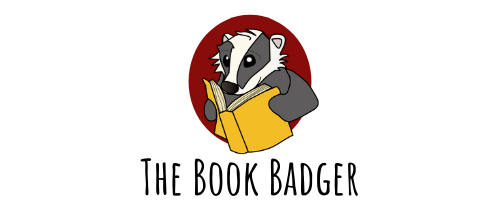
We Are Here| Horton Hears a Who and Activism
Horton Hears a Who was written in 1954, on the cusp of the civil rights movement. It was a time of political and societal unrest not unlike our current time, and that story carries a message for us that still applies today.
Before I dive a bit deeper into this, I’d like to acknowledge the controversy surrounding Dr. Seuss.
He was not a perfect man, he created things in his career that were blatantly racist, and I acknowledge this. I do not in any way condone it. That being said, this post is about “Horton Hears a Who”, its message as I perceived it, and the application of it to todays current events. It is not about Theodore Geisel’s moral ambiguity. That is a post for another day.
Over the past few weeks, I have spent a lot of time reflecting.
I have written this blog post five times. I’ve deleted it entirely twice. I’ve debated back and forth whether or not I should write it at all. Is it even my place? Ultimately, I came to the conclusion that I just needed to write it. So Here we are.
Horton the Elephant has a message for us. And it’s not what you think.
It would be very easy for me, right now to make this a post about how “a person is a person”. While that is true, and it is relevant to our current events, I think what I really wanted to do here was talk about the message Horton Hears a Who sends about activism.
And to do that I must first confess something a bit shameful. I did not participate in Black Out Tuesday. To be quite honest with you, I had no idea it was happening until I’d already posted my daily social posts, and I felt like doing anything after the fact didn’t seem genuine. On top of that, I truly just didn’t understand what it was accomplishing. I didn’t see how a bunch of blacked out social media posts was going to fix anything. I didn’t see it as any call to change.
And then there were more. And more. And more.
Soon, there was a sea of black squares flooding my Instagram, a completely blacked out social feed. It was a movement that DEMANDED TO BE SEEN. And I was not a part of it, which I sincerely regret.
But it really changed how I thought about activism. It changed how I saw movements like this one. I saw how they could really make a person see something that they hadn’t seen before, and wake them from their own delusions about what the world was.
And for me, it all went back to Horton Hears a Who.
“We’ve GOT to make noises in greater amounts! So open your mouth lad! For every voice counts!”
Horton Hears a Who is about speaking up, because every extra voice makes a difference, and that is the heart of activism.
As I scrolled through that feed of black squares. I no longer could see them as just another blacked out post. I started seeing them differently. They became a resounding chorus.
We are here.
We are here.
We are here.
And I HEARD IT. I heard you. All of you.
I heard the resounding cry, the pleas for equality. The persistent chant that black lives matter. That you are here. And it was clear as a bell.
“So from now on, do you know what I’m planning to do?
From now on, I’m going to protect them with you.”
And that young kangaroo in my pouch says…
Me too.
I do not own any rights to the text, characters, or illustrations in Horton Hears a Who. Any use of images or text from this book is purely for reference purposes.





